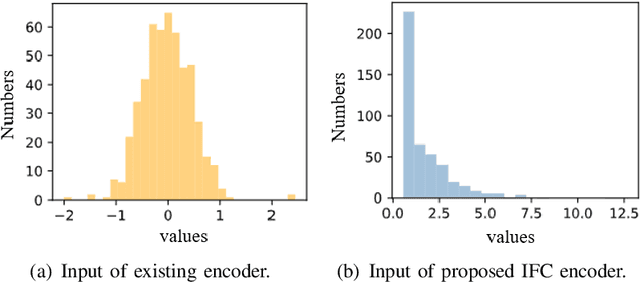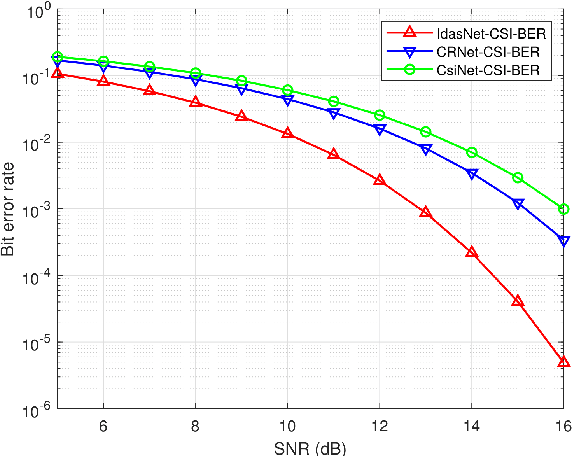Ziqing Yin
AI-Integrated Decision Support System for Real-Time Market Growth Forecasting and Multi-Source Content Diffusion Analytics
Nov 13, 2025Abstract:The rapid proliferation of AI-generated content (AIGC) has reshaped the dynamics of digital marketing and online consumer behavior. However, predicting the diffusion trajectory and market impact of such content remains challenging due to data heterogeneity, non linear propagation mechanisms, and evolving consumer interactions. This study proposes an AI driven Decision Support System (DSS) that integrates multi source data including social media streams, marketing expenditure records, consumer engagement logs, and sentiment dynamics using a hybrid Graph Neural Network (GNN) and Temporal Transformer framework. The model jointly learns the content diffusion structure and temporal influence evolution through a dual channel architecture, while causal inference modules disentangle the effects of marketing stimuli on return on investment (ROI) and market visibility. Experiments on large scale real-world datasets collected from multiple online platforms such as Twitter, TikTok, and YouTube advertising show that our system outperforms existing baselines in all six metrics. The proposed DSS enhances marketing decisions by providing interpretable real-time insights into AIGC driven content dissemination and market growth patterns.
Self-information Domain-based Neural CSI Compression with Feature Coupling
Apr 30, 2023Abstract:Deep learning (DL)-based channel state information (CSI) feedback methods compressed the CSI matrix by exploiting its delay and angle features straightforwardly, while the measure in terms of information contained in the CSI matrix has rarely been considered. Based on this observation, we introduce self-information as an informative CSI representation from the perspective of information theory, which reflects the amount of information of the original CSI matrix in an explicit way. Then, a novel DL-based network is proposed for temporal CSI compression in the self-information domain, namely SD-CsiNet. The proposed SD-CsiNet projects the raw CSI onto a self-information matrix in the newly-defined self-information domain, extracts both temporal and spatial features of the self-information matrix, and then couples these two features for effective compression. Experimental results verify the effectiveness of the proposed SD-CsiNet by exploiting the self-information of CSI. Particularly for compression ratios 1/8 and 1/16, the SD-CsiNet respectively achieves 7.17 dB and 3.68 dB performance gains compared to state-of-the-art methods.
Deep CSI Compression for Massive MIMO: A Self-information Model-driven Neural Network
Apr 25, 2022



Abstract:In order to fully exploit the advantages of massive multiple-input multiple-output (mMIMO), it is critical for the transmitter to accurately acquire the channel state information (CSI). Deep learning (DL)-based methods have been proposed for CSI compression and feedback to the transmitter. Although most existing DL-based methods consider the CSI matrix as an image, structural features of the CSI image are rarely exploited in neural network design. As such, we propose a model of self-information that dynamically measures the amount of information contained in each patch of a CSI image from the perspective of structural features. Then, by applying the self-information model, we propose a model-and-data-driven network for CSI compression and feedback, namely IdasNet. The IdasNet includes the design of a module of self-information deletion and selection (IDAS), an encoder of informative feature compression (IFC), and a decoder of informative feature recovery (IFR). In particular, the model-driven module of IDAS pre-compresses the CSI image by removing informative redundancy in terms of the self-information. The encoder of IFC then conducts feature compression to the pre-compressed CSI image and generates a feature codeword which contains two components, i.e., codeword values and position indices of the codeword values. Subsequently, the IFR decoder decouples the codeword values as well as position indices to recover the CSI image. Experimental results verify that the proposed IdasNet noticeably outperforms existing DL-based networks under various compression ratios while it has the number of network parameters reduced by orders-of-magnitude compared with various existing methods.
 Add to Chrome
Add to Chrome Add to Firefox
Add to Firefox Add to Edge
Add to Edge